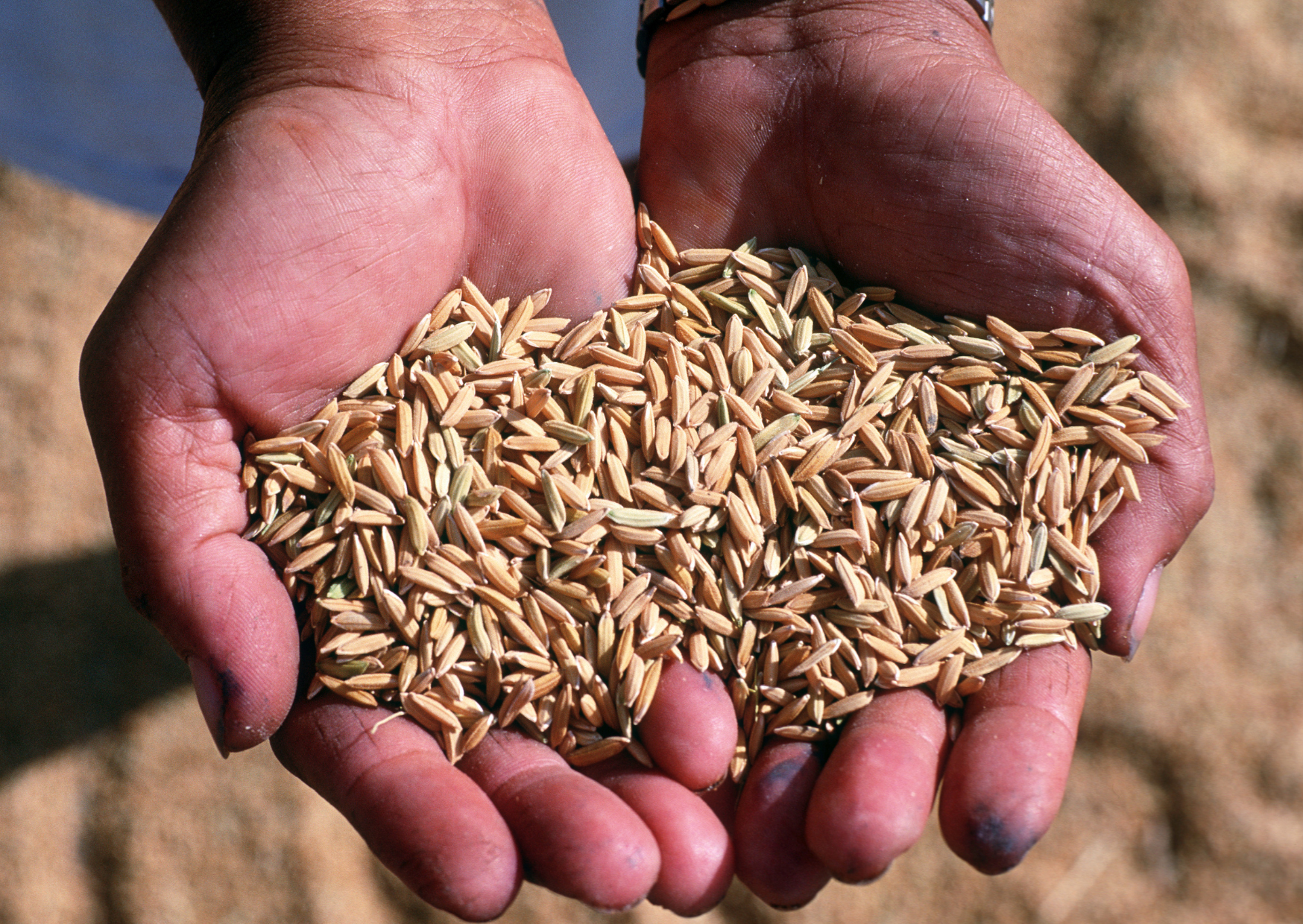RCEF in the Philippines: Challenges and Solutions for Sustainable Rice Farming

Introduction: Supporting Farmers Through RCEF
The Rice Competitiveness Enhancement Fund (RCEF) is a vital government initiative aimed at empowering Filipino rice farmers. By providing access to improved seeds, fertilizers, modern farming techniques, and skills training, RCEF seeks to boost rice productivity, enhance grain quality, and improve competitiveness in global markets. Despite its importance, the program faces significant challenges that impact its overall effectiveness and long-term sustainability.
1. The Importance of RCEF in Philippine Agriculture
1.1. Economic Contribution
RCEF plays a crucial role in driving agricultural growth by:
- Enhancing rice production, which contributes significantly to the national GDP.
- Increasing farmer incomes by promoting sustainable farming practices.
1.2. Food Security
By improving local rice production, RCEF reduces reliance on imports and ensures a stable food supply. This self-sufficiency is critical for national food security, especially in times of global market disruptions.
2. Challenges Facing RCEF and the Rice Industry
2.1. Rising Input Costs
The increasing prices of seeds, fertilizers, and other farming essentials, exacerbated by climate change and supply chain disruptions, reduce profit margins for farmers and processing plants.
2.2. Competition from Imports
Imported rice, often cheaper and perceived as higher quality, dominates the domestic market. This puts pressure on local farmers and processors to remain competitive.
2.3. Limited Support and Complex Procedures
While RCEF provides valuable support, the process to access funds and resources is often bureaucratic, deterring many farmers from fully benefiting. Additionally, the budget allocated remains insufficient to meet the needs of all rice farmers.
3. Impacts of RCEF’s Challenges
3.1. For Farmers and Communities
- Reduced Farmer Incomes: High costs and limited market opportunities lower profits.
- Job Losses: Factory closures due to financial difficulties impact local communities.
3.2. For the Agricultural Sector
- Decreased Productivity: Insufficient support hampers the adoption of modern techniques.
- Increased Import Dependence: A weakened local rice industry heightens reliance on imports, threatening food security.
3.3. For the Economy
- Trade Deficit: Increased imports widen the trade deficit.
- Lower GDP Contribution: The decline of the rice sector impacts overall economic growth.
4. Prospects and Recommendations for Improvement
4.1. Expand RCEF’s Reach
- Increase Budget: Allocate more funds to ensure adequate support for farmers.
- Simplify Processes: Streamline procedures to make accessing resources easier and faster.
4.2. Promote Technological Innovation
Invest in modern agricultural technologies, such as high-yield seed varieties and precision farming tools, to improve efficiency and reduce costs.
4.3. Strengthen Local Competitiveness
- Market Support: Enhance branding and distribution of locally produced rice to compete with imports.
- Financial Aid: Provide low-interest loans and subsidies to help farmers and processing plants manage costs.
4.4. Enhance Training and Education
Offer comprehensive training programs to equip farmers with modern farming techniques, ensuring higher productivity and quality.
5. Conclusion: Securing the Future of Philippine Agriculture
The Rice Competitiveness Enhancement Fund is a cornerstone for the growth and sustainability of the Philippine rice industry. However, addressing its challenges requires increased government support, investments in technology, and streamlined processes. By empowering farmers and strengthening the local rice sector, the Philippines can secure its food security, promote economic stability, and uplift rural communities.
